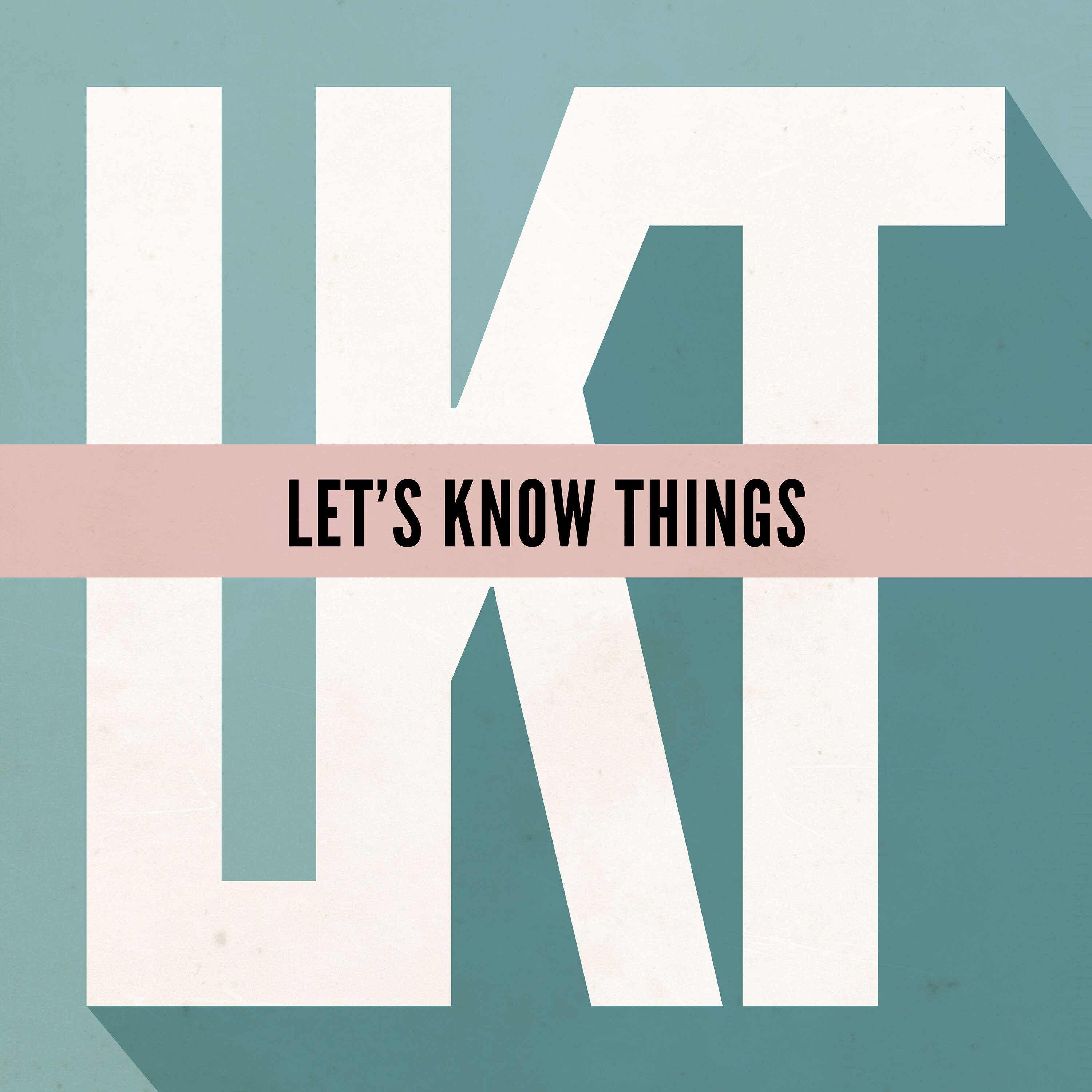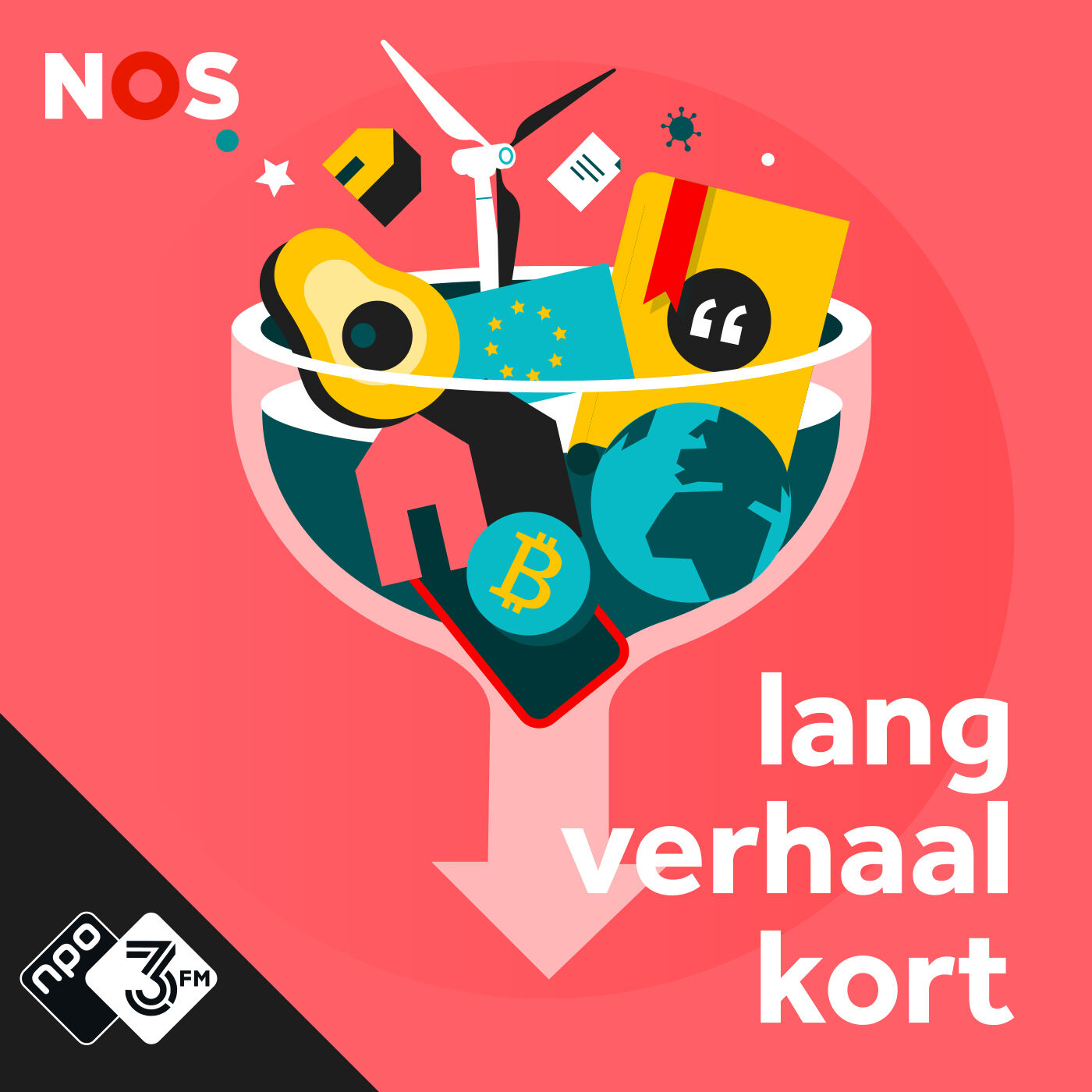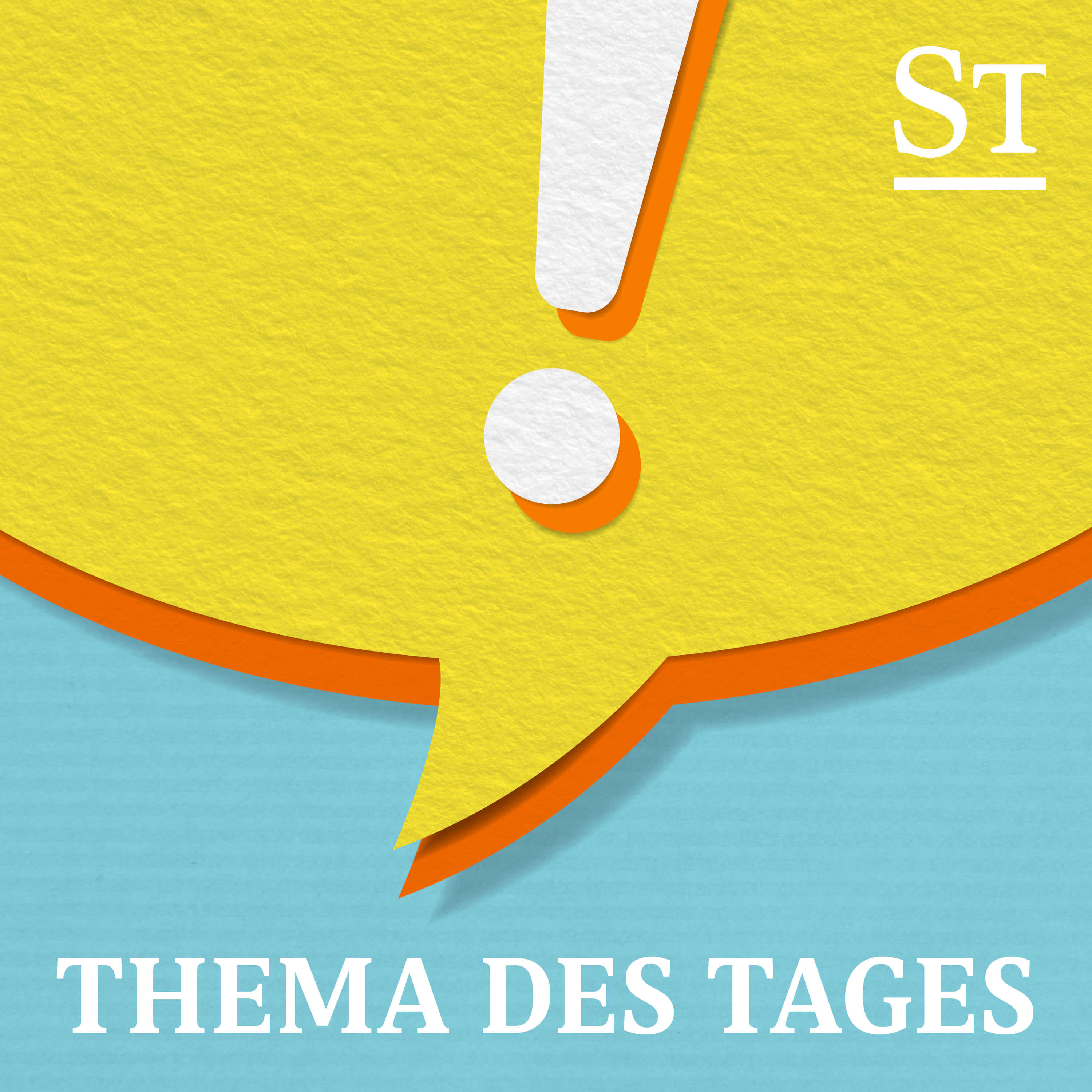Nepal Gen Z Protests - Let's Know Things
Description
This week we talk about corruption, influencers, and pro-monarchy protests.
We also discuss Nepalese modern history, Gen Z, and kings.
Recommended Book: Superagency by Reid Hoffman and Greg Beato
Transcript
The Federal Democratic Republic of Nepal, usually referred to as just Nepal, is a country located in the Himalayas that’s bordered to the northeast by China, and is otherwise surrounded by India, including in the east, where there’s a narrow sliver of India separating Nepal from Bhutan and Bangladesh.
So Nepal is mostly mountainous, it’s landlocked, and it’s right in between two burgeoning regional powers who are also increasingly, in many ways, global powers. Its capital is Kathmandu, and there are a little over 31 million people in the country, as of 2024—more than 80% of them Hindu, and the country’s landmass spans about 57,000 square miles or 147.5 square kilometers, which is little smaller than the US state of Illinois, and almost exactly the same size as Bangladesh.
Modern Nepal came about beginning in the mid-20th century, when the then-ruling Rana autocracy was overthrown in the wake of neighboring India’s independence movement, and a parliamentary democracy replaced it. But there was still a king, and he didn’t like sharing power with the rest of the government, so he did away with the democracy component of the government in 1960, making himself the absolute monarch and banning all political activities, which also necessitated jailing politicians.
The country was modernized during this period, in the sense of building out infrastructure and such, but it was pulled backwards in many ways, as there wasn’t much in the way of individual liberties for civilians, and everything was heavily censored by the king and his people. In 1990, a multiparty movement called the People’s Movement forced the king, this one ascended to the throne in 1972, to adopt a constitution and allow a multiparty democracy in Nepal.
One of the parties that decided to enter the local political fray, the Maoist Party, started violently trying to shift the country in another direction, replacing its parliamentary system with a people’s republic, similar to what was happening in China and the Soviet Union. This sparked a civil war that led to a whole lot of deaths, including those of the King and Crown Prince. The now-dead king’s brother stepped in, gave himself a bunch of new powers, and then tried to stomp the Maoist Party into submission.
But there was a peaceful democratic revolution in the country in 2006, at which point the Maoists put down their arms and became a normal, nonviolent political party. Nepal then became a secular state, after being a Hindu kingdom for most of their modern history, and a few years later became a federal republic. It took a little while, and there was quite a bit of tumult in the meantime, but eventually, in 2015, the Nepalese government got a new constitution that divided the country into seven provinces and made Nepal a federal democratic republic.
What I’d like to talk about today is what has happened in the past decade in Nepal, and how those happenings led to a recent, seemingly pretty successful, series of protests.
—
In early 2025, from March through early June, a series of protests were held across Nepal by pro-monarchy citizens and the local pro-monarchy party, initially in response to the former King’s visit, but later to basically just show discontentment with the current government.
These protests were at least partly politically motivated, in the sense of being planned and fanned into larger conflagrations by that pro-monarchy party—not truly grassroots sort of thing—but they grew and grew, partly on the strength of opposition to the police response to earlier protests.
That same distaste carried through the year, into September of 2025, when the Nepalese government announced a ban on 26 social media platforms, including Facebook, Instagram, Reddit, and Youtube, because the companies behind these platforms ostensibly failed to register under the Ministry of Communication and Information Technology’s new rules that required, among other things, they have local liaisons that the government could meet with in person, and complain to if a given network failed to remove something they didn’t like quickly enough.
The general sense about that ban is that while this failure to properly register was used as justification for shutting down these networks, which are incredibly popular in the country, the real reason the government wanted to shut them down at that moment was that a trend had emerged online in which the rich and powerful in the country, and especially their children, many of whom have become online influencers, were being criticized for their immense opulence and for bragging about their families’ vast wealth, while everyone else was comparably suffering.
This became known as the Nepobaby or Nepo Kid trend, hashtag Nepobaby, which was a tag borrowed from Indonesia, and the general idea is that taxpayer money is being used to enriched a few powerful families at the expense of everyone else, and the kids of those powerful families were bragging about it in public spaces, not even bothering to hide their families’ misdeeds and corruption.
This, perhaps understandably, led to a lot more discontent, and all that simmering anger led to online outcries, the government tried to stifle these outcries by shutting down these networks in the country, but that shut down, as is often the case in such situations, led to in-person protests, which started out as peaceful demonstrations in Kathmandu and surrounding areas, but which eventually became violent when the police started firing tear gas and rubber bullets at the crowds, causing 19 deaths and hundreds of injuries.
The ban was implemented on September 4 and then lifted, after the initial protests, on September 8, but the government’s response seems to have made this a much bigger thing than it initially was, and maybe bigger than it would have become, sans that response.
It’s worth mentioning here, too, that a lot of young people in Nepal rely on social media and messaging apps like Signal, which was also banned, for their livelihood. Both for social media related work, and for various sorts of remittances. And that, combined with an existing 20% youth unemployment rate, meant that young people were very riled up and unhappy with the state of things, already, and this ban just poured fuel on that flame.
On that same note, the median age in Nepal is 25, it’s a relatively young country. So there are a lot of Gen Zers in Nepal, they’re the generation that uses social media the most, and because they rely so heavily on these networks to stay in touch with each other and the world, the ban triggered a mass outpouring of anger, and that led to huge protests in a very short time.
These protests grew in scope, eventually leading to the burning of government buildings, the military was called in to help bring order, and ultimately the Home Minister, and then the Prime Minister, on September 8 and 9, respectively, resigned. A lot of the burning of government buildings happened after those resignations; protestors eventually burned the homes of government ministers, and the residences of the prime minister and president, as well.
The protestors didn’t have any formal leadership, though there were attempts during the protests by local pro-monarchy parties and representatives to position the protests as pro-King—something most protestors have said is not the case, but you can see why that might have worked for them, considering those pro-monarchy protests earlier this year.
That said, by September 10, the military was patrolling most major cities, and on the 11th, the president, head general, and Gen Z representatives for the protestors met to select an interim leader. They ended up using Discord, a chat app often used by gamers, to select a former Supreme Court Justice, Sushila Karki, as the interim prime minister, and the first woman to be prime minister in Nepalese history. Parliament was then dissolved, and March 5 was set as the date for the next election. Karki has said she will remain in office for no more than six months.
As of September 13, all curfews had been lifted across Nepal, the prime minister was visiting injured protestors in hospitals, and relative calm had returned—though at least 72 people are said to have been killed during the protests, and more than 2,000 were injured.
There are currently calls for unity across the political spectrum in Nepal, with everyone seeming to see the writing on the wall, that the youths have shown their strength, and there’s a fresh need to toe the new line that’s been established, lest the existing parties and power structures be completely toppled.
There’s a chance that this newfound unity against government overreach and censorship will hold, though it’s important to note that the folks who were allegedly siphoning resources for their families were all able to escape the country, most without harm, due to assistance from police and the military, and that means they could influence things, from exile or after returning to Nepal, in the lead-up to that March election.
It’s also possible that the major parties will do more to favor the huge Gen Z population in Nepal from this point forward, which could result in less unemployment and freer speech—though if the King and the pro-monarchy party is able to continue insinuating themselves into these sorts of conversations, positioning themselves as an alternative to the nepotism and corruption many people in the area have reasonably come to associated with this type of democracy, there could be a resur




















